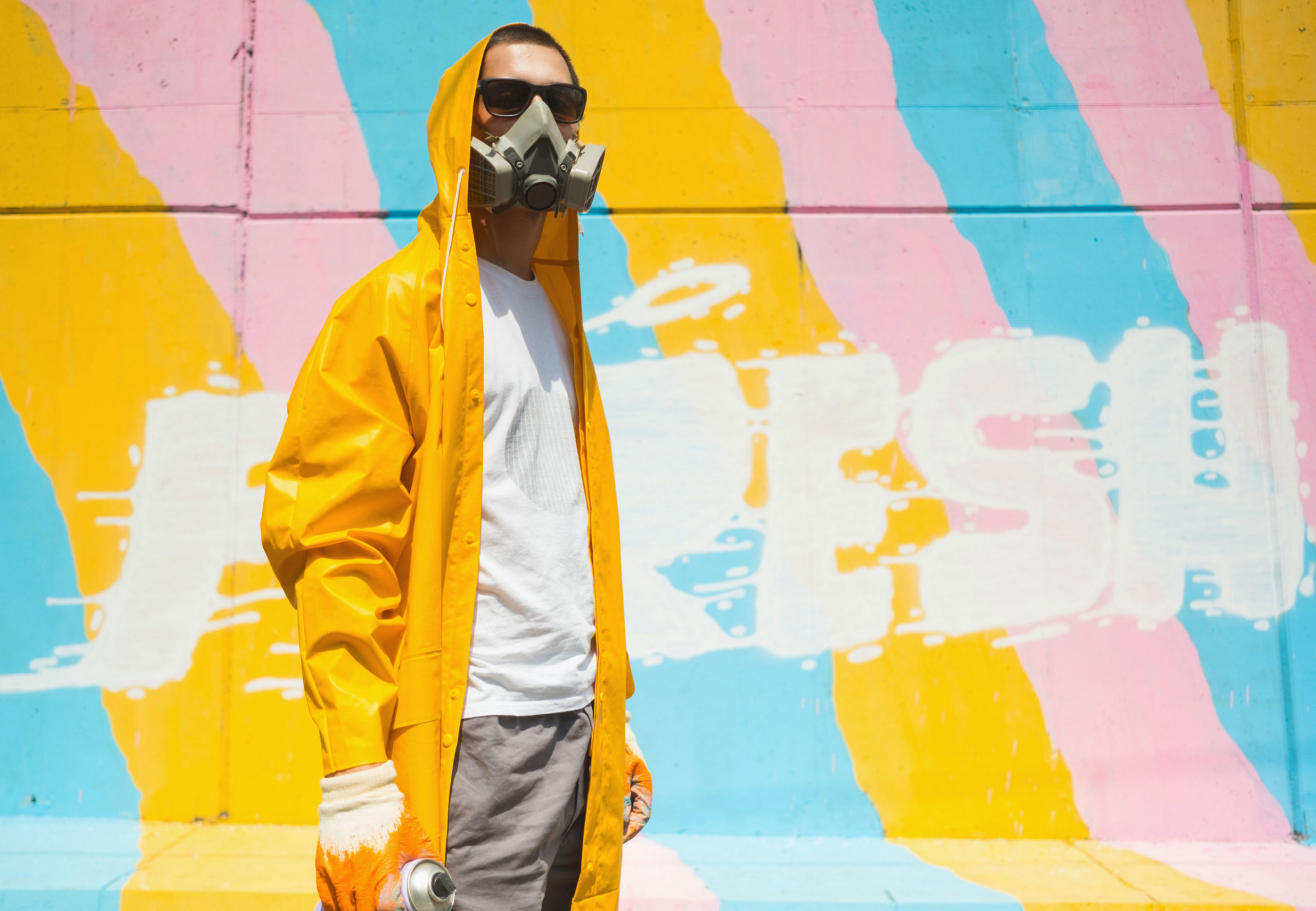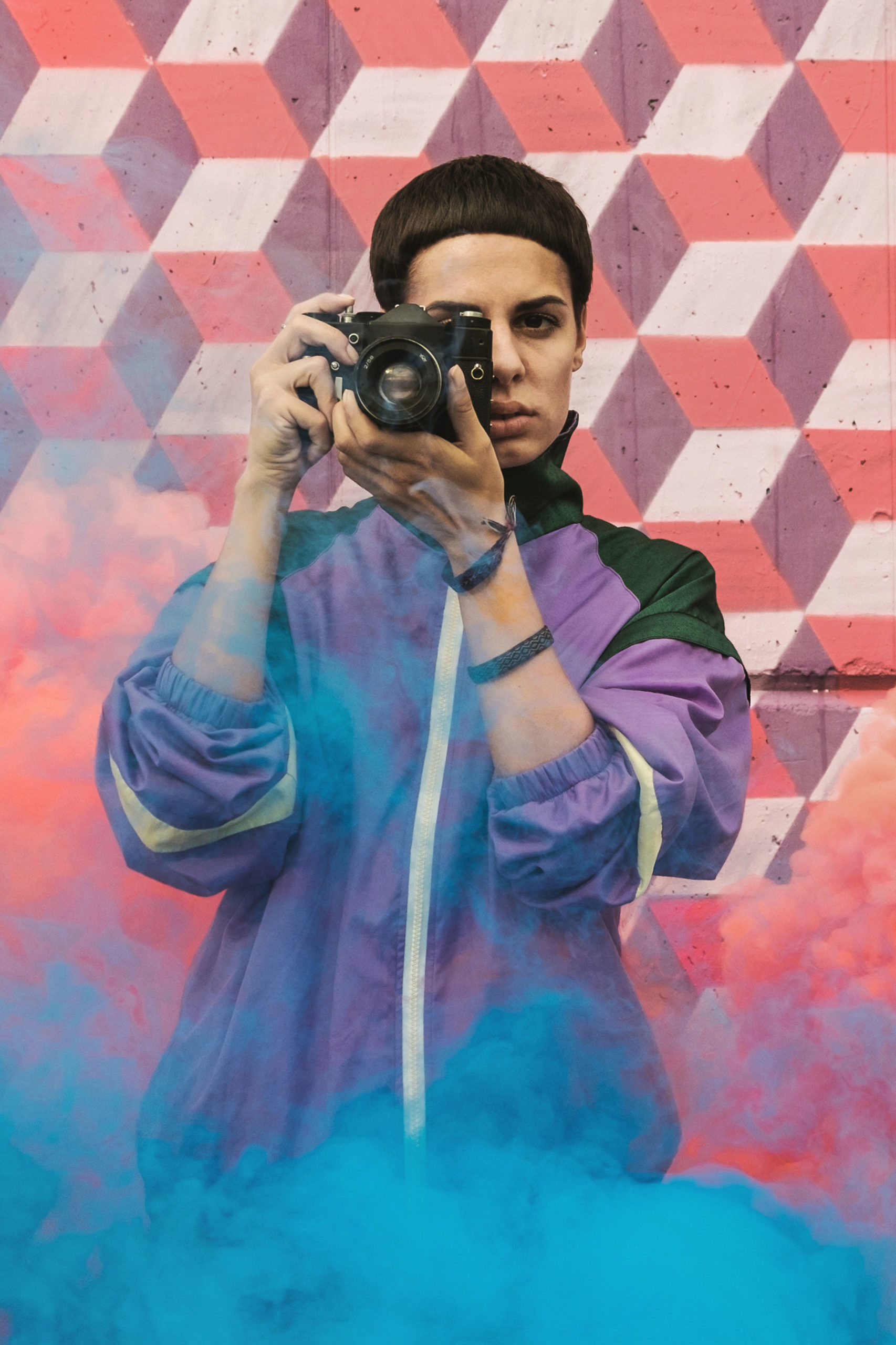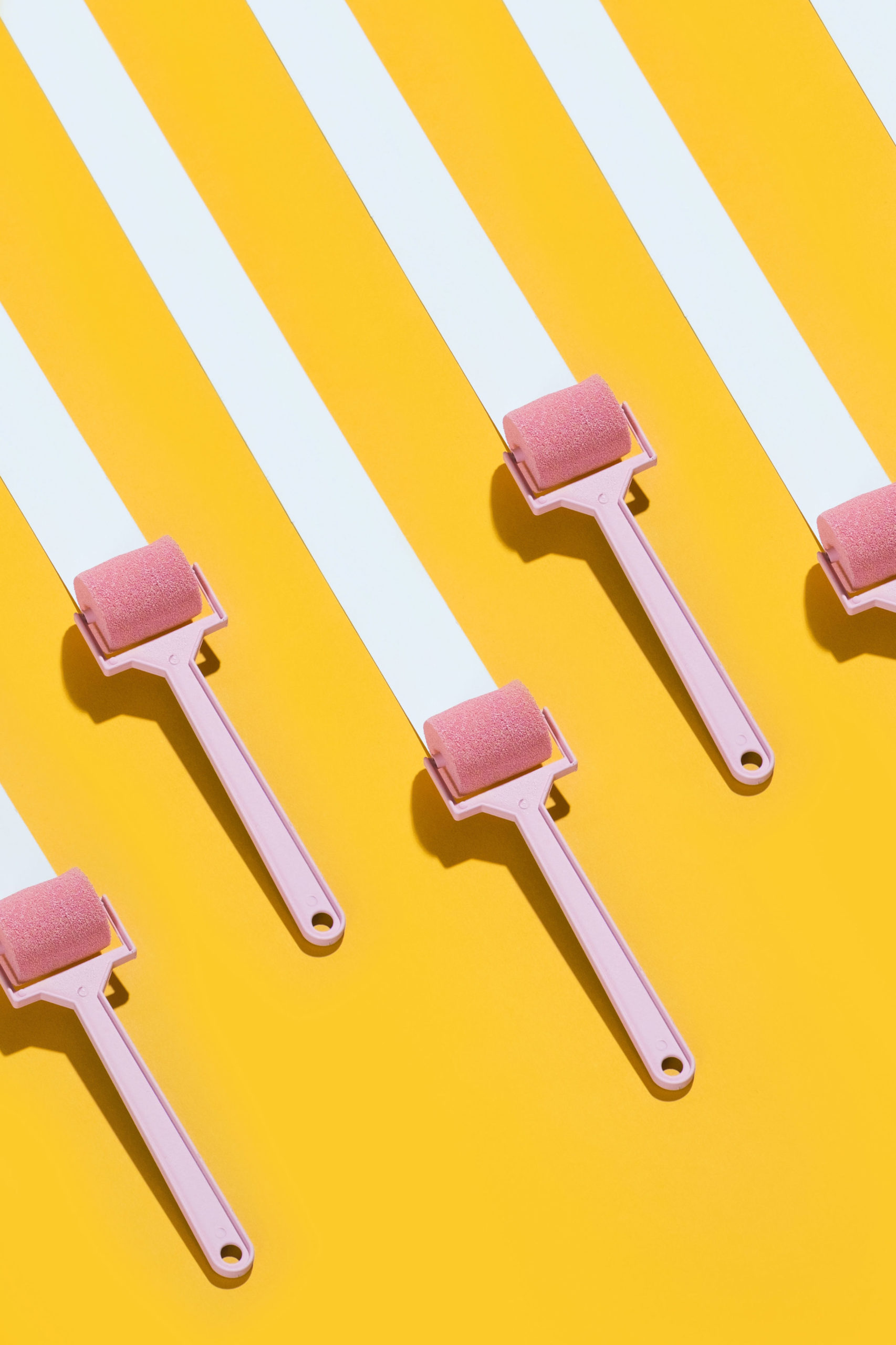Before Audrey Shtecinjo became a photographer, he was a graphic designer, and every time he picks up a camera that design experience kicks in. “I’m always asking myself how I could use each photo in a design, what photos would be the most useful for a designer to have,” he says. That thinking serves him well in his current career, photographing stock images he sells on Stocksy, a curated collection of stock photography and video footage.
Audrey’s Stocksy gallery includes photos of everything from light bulbs to fashion models, each image filtered through his creative lens. Overall, the aesthetic is fresh, fun, filled with life—and very unlike the stale stock photography you’re used to seeing. Audrey recently called me from his home in Belgrade, Serbia to talk about his work, his creative process, and how Stocksy makes him a better photographer.
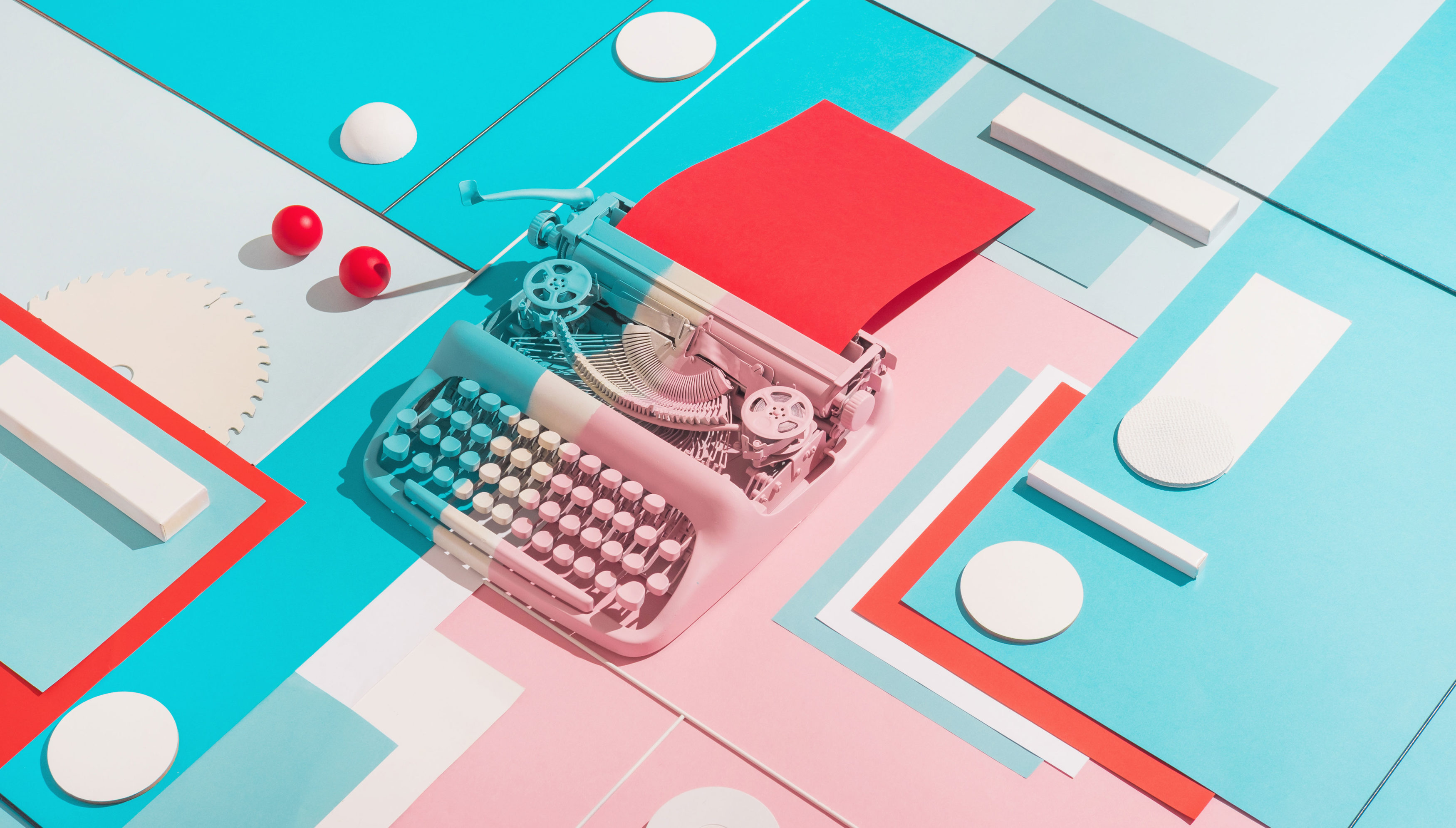
Stocksy United is a multi-stakeholder co-operative and home to highly curated, royalty-free stock photography and videos. PHOTOGRAPHY BY AUDREY SHTECINO.
How did you become a stock photographer?
Before starting photography I was working in marketing agencies as a graphic designer. People were always asking me for cool photos to use in my designs, and one day my friend said I should just take my own. So in 2015 I saved up some money for equipment and started doing photos.
When I first started with Stocksy I was still new to photography, and it was very good because I got a lot of help from the Stocksy editors. I would ask them a lot of questions about all these things, like how to use artificial light or about post-production, and they helped me become better.
Tell me about your creative process. How do you decide what photos to shoot?
At the beginning I was thinking a lot about what would sell. In my portfolio you can see my first photos are very commercial—people working on a laptop and all that. And then I realized I am doing this work because I have a certain style and I’m creative. So now I’m not photographing the stuff I know will sell, I’m just photographing the stuff I like.
I photograph a lot of hip and trendy stuff. When I worked as a graphic designer I stayed informed on all the latest trends, and I try to still stay one step ahead of what’s cool. Now social media is everywhere, so it’s easy to go to Instagram and see what’s new in fashion or what new cool products there are. You can see what people are liking on Instagram, what’s beginning to catch on, and that helps you understand what might be cool in six months or one year. I don’t do copy and paste, but I’ll see an idea and think, “Oh, that is cool. Maybe I should try to take that concept and do something with it.”
I don’t do copy and paste, but I’ll see an idea and think, “Oh, that is cool. Maybe I should try to take that concept and do something with it.’”
What happens after that? How does a photo go from your studio to the Stocksy website?
After I shoot the photos, do the retouching, all of that—the entire creative process—I put the photos on the Stocksy site, and I add keywords to the photos. That’s very important, because that’s how people find your photos. Good keywords mean they’ll show up higher in the search results. Then I submit the photos to the editing team, and after a short time each photo is either accepted, declined, or sent back for more edits. When that happens, the editor lets me know what is wrong and what can be improved in the photo. They might ask me to work on the color or the highlights, or ask if I have a similar image from another angle. Often, I get really good advice from the editors.
Image quality is really important at Stocksy. Because I’ve worked so much with them, I have this idea that every image I make needs to be technically perfect—so good that someone could buy it and put it on a billboard and it would look really great. So now, no matter what the photo is for, I have that mindset. I may be working with a client and know an image is definitely not going to be put on a billboard, but to me, it still has to be that perfect every time.
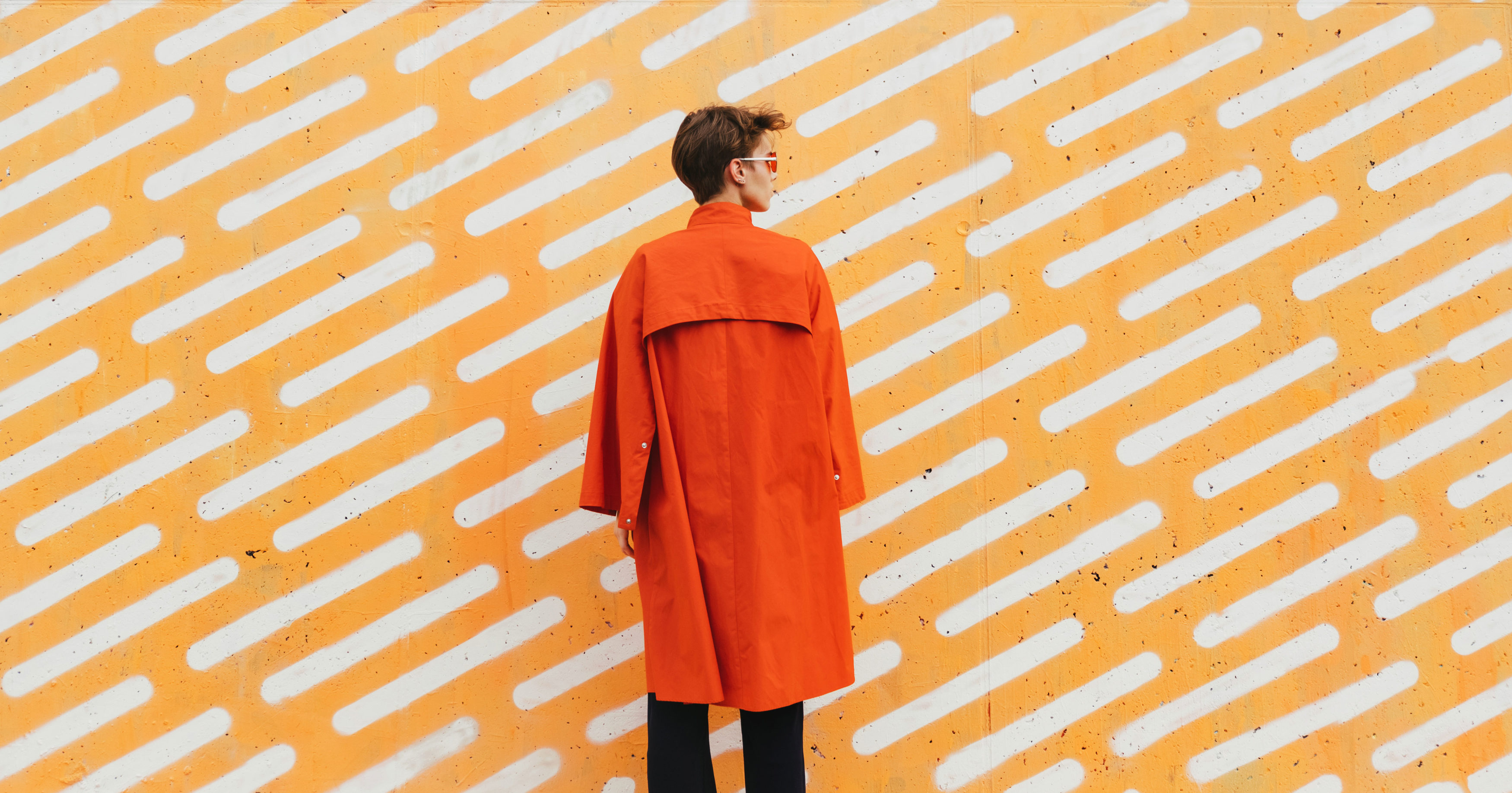
PHOTOGRAPHY BY AUDREY SHTECINO
What role has Stocksy played in your photography career?
First, it’s given me a market for my work. That’s allowed me to do more work and different kinds of work. If I couldn’t sell my work on Stocksy to make money, it would be hard for me to rent space or buy equipment, and I think that’s really, really important to the kind of photography I do.
The other thing is that it’s a community where people can help each other. I learn from other photographers just by chatting with them or seeing their photos. I’ll see a good photo on Stocksy and think, “Why didn’t I make this photo?” It pushes me to make new stuff.
- PHOTOGRAPHY BY AUDREY SHTECINO
- PHOTOGRAPHY BY AUDREY SHTECINO
What kind of living can you make selling stock photos? How much time do you need to put into this to make a career out of it?
If this is your main income source you will work as much as you can, but you also have the freedom to travel and make some cool images—that is one of better parts of this job. On the other side, you need to spend some time on retouching photos, organizing shoots, and post-processing, so it really depends. Sometimes I prepare for a shoot for few days, shoot for a few hours, retouch photos for a few days. Of course, you can organize your time and invest in travel or a studio—whatever is driving you.
What’s the creative scene in Serbia like?
In Belgrade there are a lot of good photographers. I mean really a lot. A big part of the Stocksy community is artists from Serbia, so it is like a small pond with many crocodiles. One of the big problems is finding locations. It is hard to find new places to do unique shoots.
Belgrade is the center of this region, and many people are saying it’s the new Berlin in an artistic way. There are many graffiti artists, painters, photographers, performance artists. I think new generations are very creative because of social media and the internet.
Studio Sixtysix is the in-house creative agency to Sixtysix magazine. Studio Sixtysix stories are conceived, produced, and edited by Studio Sixtysix.
